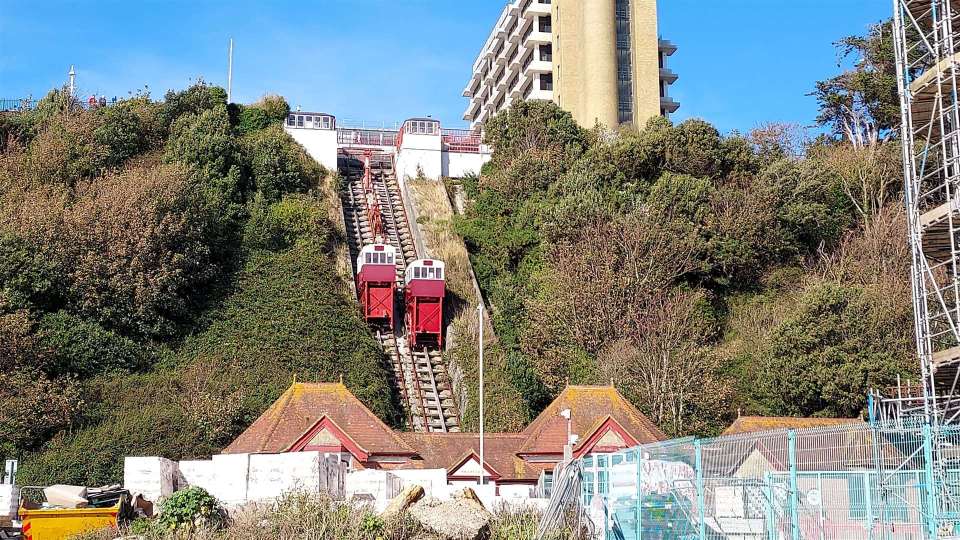Chinese authorities have unveiled their biggest fiscal package in recent years, in their latest effort to jump-start economic growth as they battle trade tensions and the threat of sweeping new tariffs from Donald Trump.
The highly anticipated Rmb10tn ($1.4tn) plan, which followed a monetary policy package in September, was focused on clearing up billions of dollars in local government debt that has dragged on growth. But it stopped short of supporting household spending and tackling a property sector slowdown, as some investors had hoped.
The Hong Kong-listed Hang Seng China Enterprises index slipped 1.4 per cent on Monday.
Many experts are questioning whether Beijing’s efforts will be enough to give a decisive boost to the world’s second-largest economy, especially if Chinese exports face higher tariffs after Trump takes office next year, and whether the latest package will even resolve local governments’ debt.
What is the latest stimulus plan?
China’s finance minister Lan Fo’an on Friday announced a sweeping plan to restructure local governments’ “hidden” debt, much of which is held by off-balance sheet finance vehicles that regional administrations use to fund infrastructure projects.
Local governments will be authorised to issue Rmb6tn in new bonds over three years under the programme, and to reallocate Rmb4tn from previously announced bonds over the next five years.
Lan said officials were “studying” additional steps to recapitalise big banks, buy up unfinished properties and strengthen consumption.
Why did the package focus on local government debt?
Local governments are one of the engines of China’s economy and are crucial providers of capital investment for regional growth, thanks to the central government’s reluctance to take on debt.
In many regions, authorities turned to local government finance vehicles (LGFVs) to fund investments in areas such as property, infrastructure, technology and financial assets.
But many of these investments are high risk and low return, such as in Guizhou province, which went on a bridge-building spree. As China’s years-long property sector slowdown deepened, the burden of LGFV debt became unsustainable, undermining government finances and dragging on growth.
Local governments, in turn, have been forced to hit private business with fines and extra taxes, hurting investor confidence.
How will the debt restructuring work?
The debt restructuring programme will allow local governments to take these hidden LGFV debts onto their balance sheets, converting them into longer-maturity, lower interest liabilities.
Reallocating the debts is expected to save Rmb600bn in interest payments over five years.
This debt swap — combined with other local government debt repayment plans — will reduce the LGFV hidden debt pile to about Rmb2tn by 2028, according to the finance ministry.
Will it be enough?
In a sign of the lack of clarity around off-balance sheet debt, independent analysts have estimated that LGFVs’ liabilities could be as high as Rmb60tn — far above Lan’s estimate of about Rmb14tn.
Ren Tao, senior researcher at Shanghai Institution for Finance and Development, noted that local governments would also remain heavily leveraged, as the central government was not taking on any of the repayment burden. “The pressure of hidden debts is expected to remain a challenge in some provinces,” he said.
The IMF warned last year that one-third of LGFVs were “commercially nonviable”, generating insufficient revenue to cover their interest payments for the past three years. It called for debt restructuring to go deeper, including “writedowns and asset sales through the use of insolvency frameworks”.
“Beijing needs to introduce fiscal reforms to discipline local governments in their borrowing and impose harder budget constraints,” Ting Lu, chief China economist at Nomura, wrote.
Why did Beijing not offer more direct stimulus?
Beijing argues that by restoring the health of local governments, it is laying the foundations for future healthy growth.
But analysts say the debt swaps do not amount to stimulus, because they added little spending to the economy. Investors had hoped policymakers would sweeten the debt resolution plan by buying up some of China’s millions of unsold homes or directly supporting households.
“The lack of pro-growth measures, especially consumer stimulus, was a disappointment,” Citi analysts wrote in a note.
Many economists believe Beijing may be reserving fiscal “dry powder” for when Trump’s tariff plans become clearer.
“It’s hard to lay out any measures to buffer the economy before you know what the tariff hit will be,” said Jacqueline Rong, China economist with BNP Paribas. “All expansionary policies will need to be on a wait-and-see basis.”









 For several weeks, we’ve been hearing the government talk about “fixing the foundations” of the UK economy.
For several weeks, we’ve been hearing the government talk about “fixing the foundations” of the UK economy.

































































































































































You must be logged in to post a comment Login